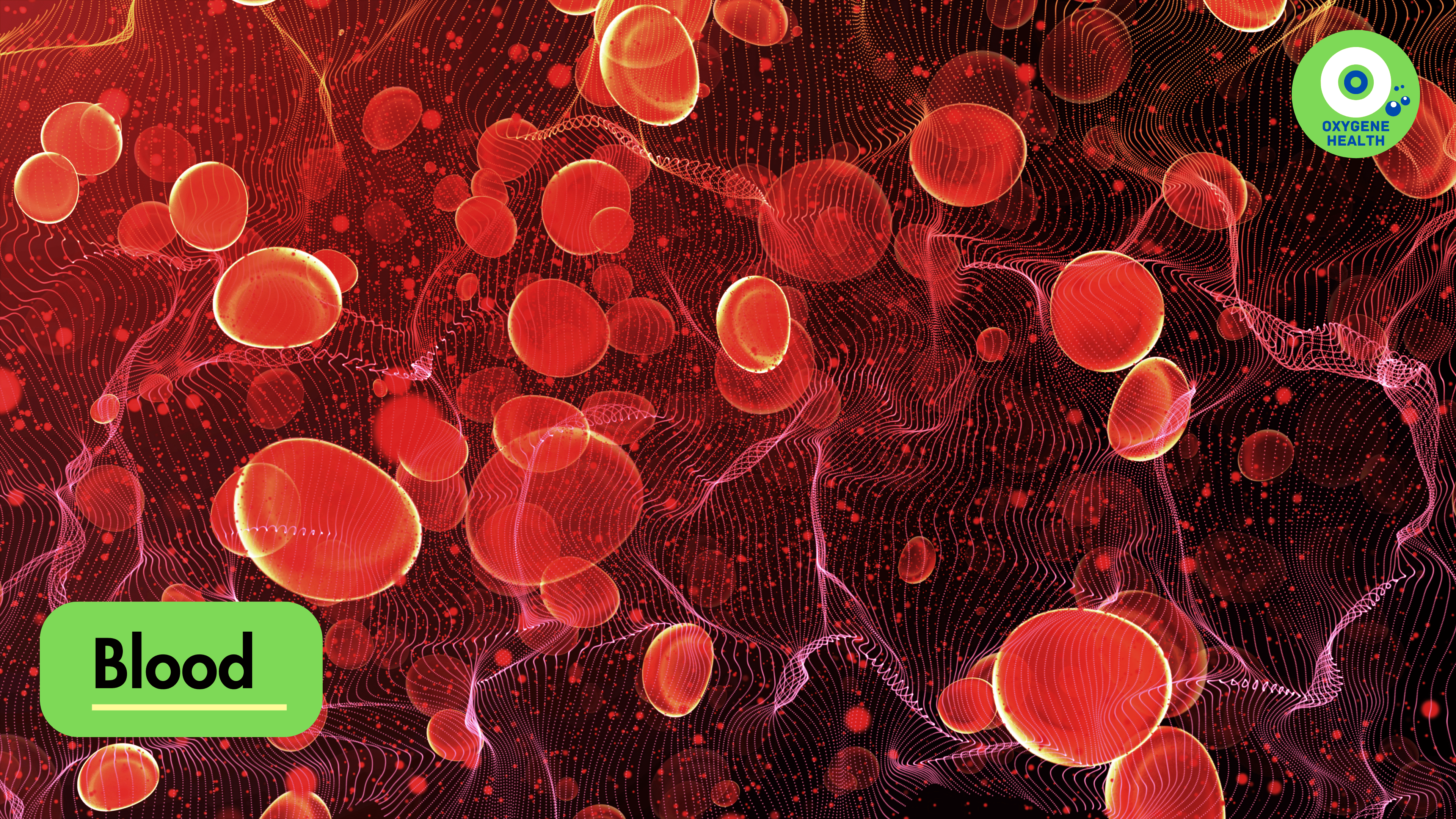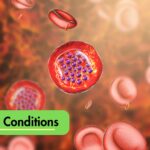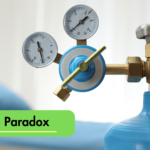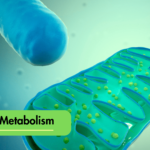Introduction:
Oxygen, often dubbed as the elixir of life, plays a pivotal role in sustaining human health. Beyond mere respiration, oxygen therapy emerges as a beacon of hope in treating a spectrum of medical conditions, particularly those concerning blood health. From arterial insufficiencies to decompression sickness, the therapeutic benefits of oxygen therapy are profound. In this blog, we delve into the remarkable efficacy of oxygen therapy in resolving several critical medical conditions affecting the bloodstream.
Arterial Insufficiencies:
Arterial insufficiencies, characterized by inadequate blood flow in the arteries, pose severe health risks, including tissue damage and even amputation. Oxygen therapy proves to be a game-changer in this scenario. By delivering concentrated oxygen to tissues deprived of adequate blood supply, oxygen therapy enhances cellular metabolism, promotes tissue healing, and mitigates the risk of gangrene. The enriched oxygen levels facilitate the formation of new blood vessels, fostering reperfusion and restoring tissue viability.
Diabetes-Related Foot Ulcers:
Foot ulcers, a common complication of diabetes, result from impaired blood circulation and neuropathy. Oxygen therapy presents a promising avenue for treating diabetic foot ulcers. The heightened oxygen levels accelerate wound healing by fostering angiogenesis and combating infection. Moreover, oxygen therapy alleviates tissue hypoxia, a key driver of ulcer progression, thereby promoting granulation tissue formation and facilitating wound closure.
Severe Anaemia:
Severe anaemia, marked by a deficiency of red blood cells or hemoglobin, jeopardizes oxygen delivery to tissues, leading to fatigue, organ dysfunction, and even cardiac complications. Oxygen therapy serves as a vital adjunctive treatment for severe anaemia, particularly in cases where blood transfusion is impractical or inaccessible. By augmenting oxygen saturation in the blood, oxygen therapy enhances tissue oxygenation, alleviates hypoxia-related symptoms, and mitigates the risk of tissue damage.
Gas Embolism:
Gas embolism, a life-threatening condition characterized by the presence of gas bubbles in the bloodstream, necessitates prompt intervention to prevent catastrophic consequences. Oxygen therapy emerges as a cornerstone in the management of gas embolism. By increasing the partial pressure of oxygen in the blood, oxygen therapy facilitates the dissolution of gas bubbles, promotes tissue oxygenation, and counteracts hypoxia-induced complications, thereby improving patient outcomes.
Cancer:
Cancer, a multifaceted disease with diverse manifestations, often elicits systemic effects on blood health. Oxygen therapy complements conventional cancer treatments by enhancing oxygen delivery to tumor tissues and bolstering the efficacy of radiation therapy and chemotherapy. Furthermore, oxygen therapy exerts anti-tumor effects by modulating the tumor microenvironment, impeding angiogenesis, and enhancing immune surveillance, thereby inhibiting tumor progression and metastasis.
Carbon Monoxide Poisoning:
Carbon monoxide poisoning, stemming from the inhalation of toxic carbon monoxide gas, disrupts oxygen transport in the blood, leading to tissue hypoxia and organ dysfunction. Oxygen therapy emerges as a critical intervention in managing carbon monoxide poisoning. By displacing carbon monoxide from hemoglobin and promoting its elimination, oxygen therapy restores oxygen-carrying capacity, alleviates tissue hypoxia, and prevents neurological sequelae, thereby salvaging lives in critical situations.
Compromised Grafts and Flaps:
Compromised grafts and flaps, resulting from inadequate blood supply or ischemia, pose significant challenges in reconstructive surgery. Oxygen therapy serves as a potent adjunctive therapy in salvaging compromised grafts and flaps. By augmenting tissue oxygenation, oxygen therapy promotes graft viability, facilitates neovascularization, and accelerates wound healing, thereby enhancing surgical outcomes and reducing the risk of graft failure.
Decompression Sickness (DCS):
Decompression sickness, arising from rapid changes in ambient pressure, triggers the formation of nitrogen bubbles in the bloodstream, leading to tissue ischemia and organ dysfunction. Oxygen therapy stands as the cornerstone of treatment for decompression sickness. By increasing the oxygen partial pressure in the blood, oxygen therapy promotes the elimination of nitrogen bubbles, alleviates tissue hypoxia, and mitigates the risk of neurological and cardiopulmonary complications associated with DCS.
Conclusion:
Oxygen therapy emerges as a formidable ally in the battle against various medical conditions affecting blood health. From arterial insufficiencies to decompression sickness, the therapeutic benefits of oxygen therapy are multifaceted and profound. By enhancing tissue oxygenation, promoting wound healing, and mitigating hypoxia-related complications, oxygen therapy embodies the promise of healing and restoration for patients grappling with critical blood-related ailments. As research continues to unveil the intricacies of oxygen therapy, its potential to transform medical care and improve patient outcomes remains unparalleled.

